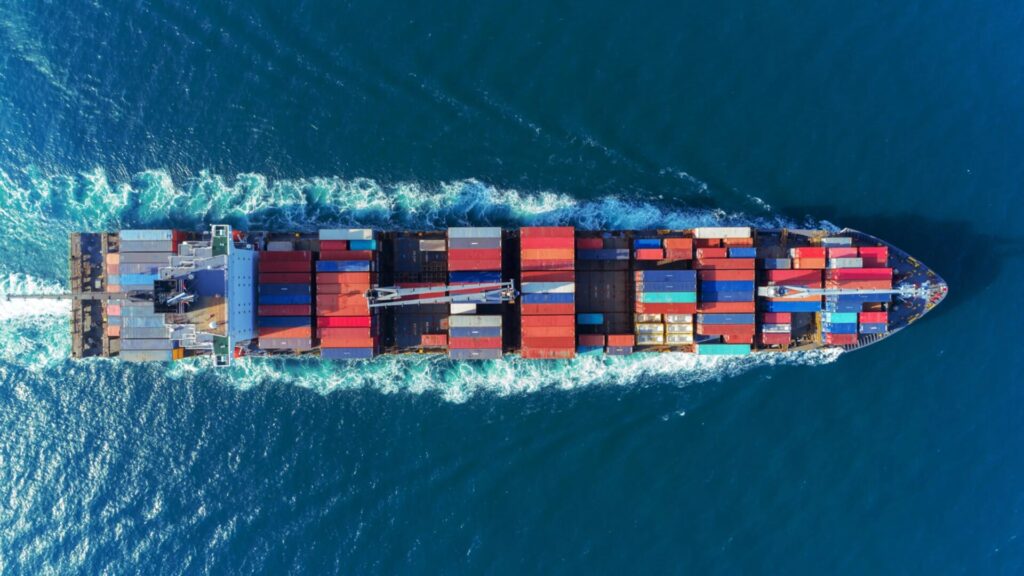The countries of Latin America and the Caribbean are faced with opportunities to growth and development that are opening up for the region with the relocation and the foreign direct investmentbut they must address their own challenges, he said. Guillermo Maloney.
In an article published in World Economic Forumthe Chief Economist for Latin America and the Caribbean at the World BankHe stressed that proximity alone does not guarantee attractiveness for foreign direct investment (FDI), but that the region needs a concerted and visionary effort to overcome current challenges and take full advantage of these opportunities.
"If Latin America and the Caribbean embrace foreign direct investment related to green transition and offshoring, including in commodities, less as a source of jobs and taxes and more as a fulcrum for domestic learning, both moves could prove transformative," he said.
This will require trade facilitation and improvements in port efficiency, help in navigating local conditions and deeper trade agreements, he said, but it will also require building the capabilities (basic and technical education, management and engineering skills) that have been critical to the success seen in Asia.
Maloney stressed that at a meeting with Latin American leaders in late 2023, Janet YellenU.S. Secretary of the Treasury, presented her vision of the "friendshoring" and urged countries in the region to diversify their supply chains through a wide range of reliable partners and allies.
According to Yellen, this could have enormous potential benefits for boosting growth in Latin America and the CaribbeanHowever, the region has shown a certain reluctance to fully address the nearshoring and develop effective strategies to take advantage of foreign direct investment in their development, the economist pointed out.
Advantages for the region
In his article, Guillermo Maloney indicated that there are favorable factors, such as China's declining wage competitiveness and investors' increasing search for geographical diversification, but Latin America and the Caribbean have not yet fully capitalized on these opportunities.
Another advantage of the region is that it possesses a energy network significantly green, with 50% of its energy coming from renewable sources, putting it in a prime position to compete with Asian exports in terms of carbon intensity. However, to take full advantage of these opportunities, an injection of capital and technology is needed.
He emphasized that public investment in Latin America and the Caribbeanincluding infrastructure, represents only half of the investment observed in Asia or Africa in terms of the gross domestic product (GDP).
"Among developing regions, Latin America and the Caribbean are among the lowest spenders on infrastructure as a percentage of GDP (about one-third of East Asia) and this spending needs to be more efficient," he said.
Modest growth rates of between 2% and 2.5%, he said, underscore the need for a significant push to tap FDI, which has historically accounted for about 3-4% of GDP.
Challenges to overcome
Although conditions appear to be favorable for an increase in the foreign direct investmentchallenges remain. Studies indicate that, in addition to labor costs, other factors such as high taxes, financing and infrastructure deficiencies affect the region's competitiveness, Maloney said.
The lack of skilled labor, mentioned by 29% of the companies surveyed, is also presented as an obstacle, highlighting the need to improve local capabilities.
Countries in the region could learn from successful examples elsewhere, such as China and Singapore, where proactive policies and economic development agencies have facilitated the attraction of FDI and the growth of local capabilities.
So far, there is no clear commitment on the part of all the countries to Latin America and the Caribbean to address these opportunities effectively.
Mexicofor example, has adopted an ambivalent stance, whereas Costa Rica has been able to attract significant investments in technology by collaborating with United States. Colombia has taken positive steps, but a more deliberate and energetic approach is still needed.
The stars seem to be increasingly aligning for the region to capture more foreign direct investment and parts of global value chains, but countries need to make it easier for that to happen and translate those opportunities into growth and development.
Source: World Economic Forum


